When you're on a low histamine diet, sugar can become a huge headache (literally), as it can exacerbate your body's reactions to high histamine levels. Fluctuations in blood sugar are bad for your system in general, but high blood sugar levels are also linked to high histamine levels, which is why sugar is classified as an inflammatory food.
All sweeteners foods which affect your glucose levels have the potential to start inflammation and therefore incite a histamine reaction. This doesn't mean just avoiding white sugar, either, but limiting sweeteners in all of their many forms. Yes, even fruit.
You can search a full database of sweeteners and their Glycemic Index (GI) ranking here, but for the purpose of understanding sweeteners for a low histamine diet, first you need to know what's approved (or not). Then you need to learn how to use those substances to sweeten food without spiking your blood sugar.
I can only speak extensively of my own experience, but when I first started a low histamine diet, even having a large piece of fruit started to give me a stomachache, if not eaten with other foods. While you can have small amounts of inflammatory sweeteners once your histamine levels are under control, we'll start with what to limit the most.
Medical Disclaimer: as with everything on this site, this article is provided for information only. I strongly urge you to speak with your doctor or a licensed medical professional in order to assess whether or not you have histamine issues, and/or which foods cause a histamine release for you personally. Every body is different, and some people will tolerate different foods than you do. Please keep comments respectful.
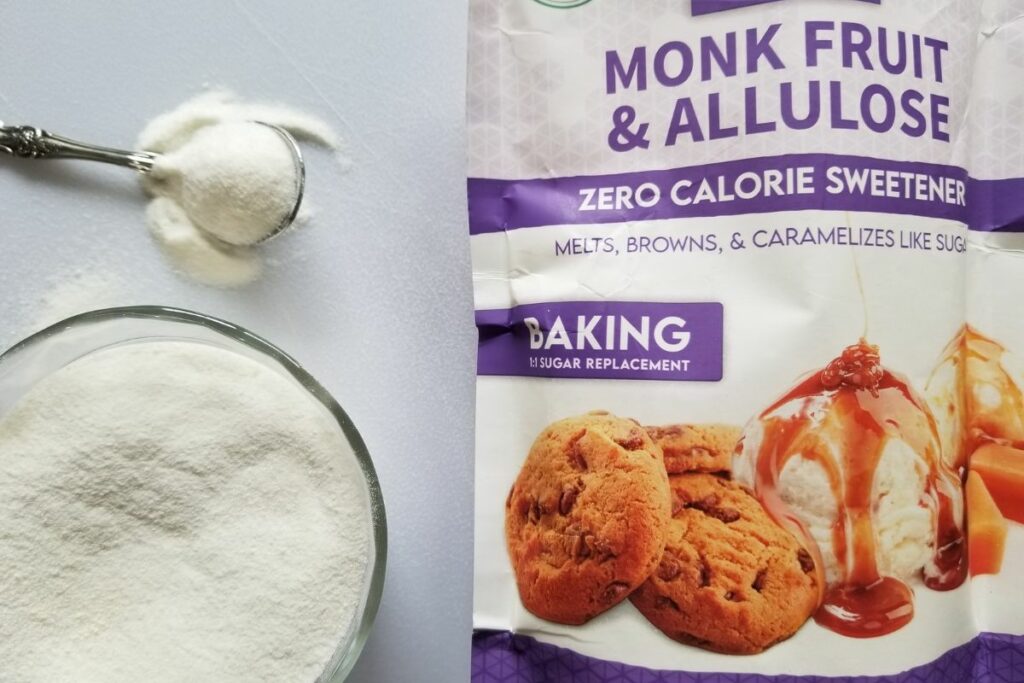
Jump to:
🚨 Worst Sweeteners For Histamine Intolerance
Most sweetening substances are a no-no on a low histamine diet, but some are markedly more inflammatory than others. This includes sugar alcohols, like those used in no-calories sweeteners such as splenda or lakanto.
In part this is because they're fermented, but also because your body doesn't properly process them, which can lead to an even more unhappy gut. I never use sugar alcohols at home, so you'll never see any in my virtual pantry or my recipes.
Before I realized that they were to blame for my continued stomachaches, I even tried using some of the lower-GI rated sweeteners below. Unfortunately, most of these sweeteners are by-products of fermentation, and this can increase the inherent levels of histamine in a dish in addition to raising your body's inflammation level.
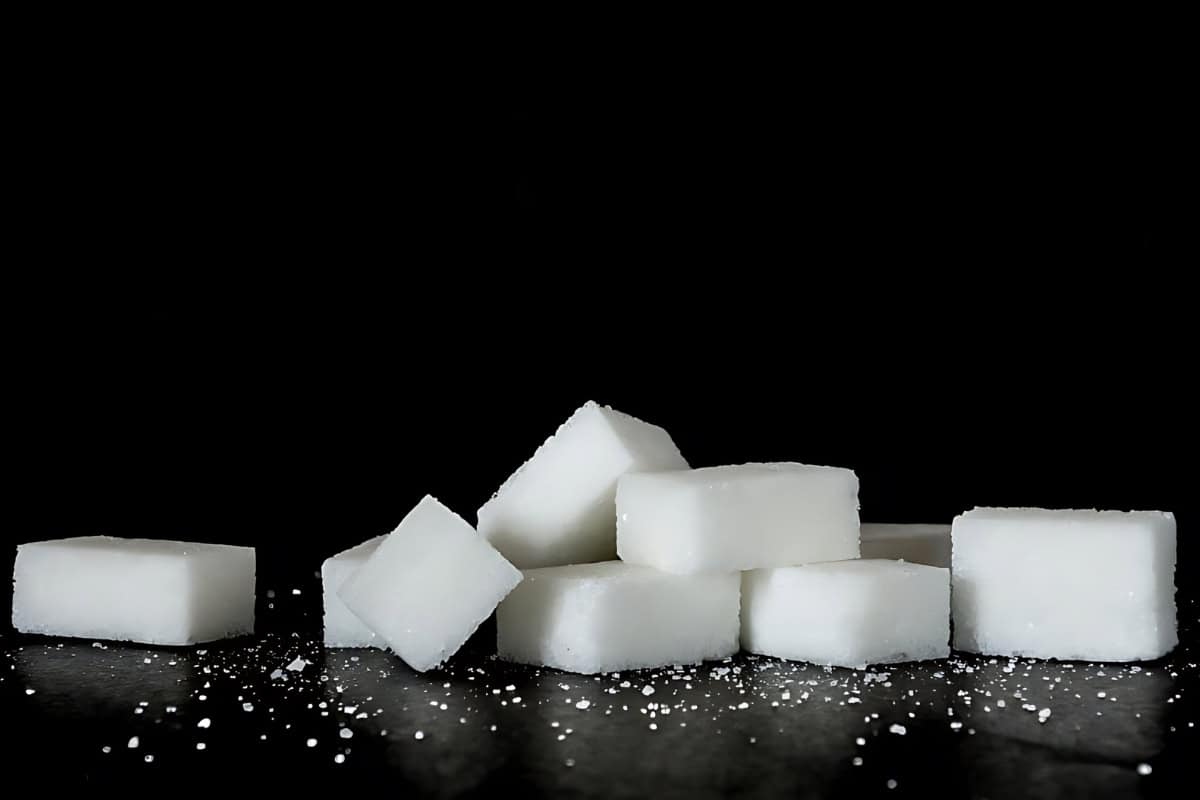
But it's also because of which gut bacteria each of these sweeteners feeds, i.e. the bad bacteria, so even stuff that sounds healthy, like brown rice syrup, should be avoided because of how equally your body treats all sugars.
Below are some of the worst & most common sweeteners out there. I've listed them in order of Glycemic Index ranking, and added any other common names in parentheses. For things like maple syrup, of which there is also a granulated form, you can assume that the granulated form has roughly the same GI rank.
- 105: Maltodextrin {used as a thickener, stabilizer, and/or preservative}
- 100: Glucose {pure}
- 90: Corn Syrup {high fructose or otherwise}
- 65: White Sugar (Table Sugar) {note that cane juice is a related sweetener and not exactly as impactful as traditional sugar, but still not great on a low histamine diet}
- 50-65: Distilled Syrups (includes Golden Syrup, Blackstrap Molasses, Maple Syrup, and Sorghum Syrup)
- 45: Lactose (Milk Sugar)
- 35: Maltitol (Sugar Alcohol)
- 15: Agave Syrup (okay in small amounts)
- 12: Xylitol {bad only in large amounts}
- 4: Sorbitol
- 1: Erythritol, Yacon Syrup, and Inulin (fine in small amounts)
- 0: Aspartame and Sucralose {both artificial sweeteners}

🤔 Is Honey High in Histamine?
You'll note that honey is not mentioned on either the list above or below. That's because honey is a special case for people on a low histamine diet. Normal honey (like the kind in a teddy-bear-shaped container) falls into the same category as syrups and molasses, but Manuka honey falls into a category of its own.
Overall, manuka honey is low histamine due to the positive attributes it brings to the table, but most honey is high in histamine due to the sugar content. Manuka honey is a special type of honey harvested from bees who only gather nectar from the Manuka flower.
These are the flowers of Leptospermum scoparium, a tree native to New Zealand which blooms just 2-6 weeks per year. The honey is prized due to its uniquely active antibiotic properties, which apply whether you use it topically or consume it.
Honeys of all types taste sweeter than table sugar, so you can use less of it in recipes, though I don't usually bake with it (see below). Rather I choose to always consume Manuka honey at room temperature or stirred into a warm beverage (like my morning coffee or blue matcha latte).
If you also choose to use honey on a low histamine diet, make sure it's raw or minimally processed. Remember that all honey has a GI rating of around 50 no matter the type or origin, so only take Manuka honey once you've approved it with your doctor.
Especially during the first month or so of your diet, the sugar rush may be too much for your system (& your gut in particular).
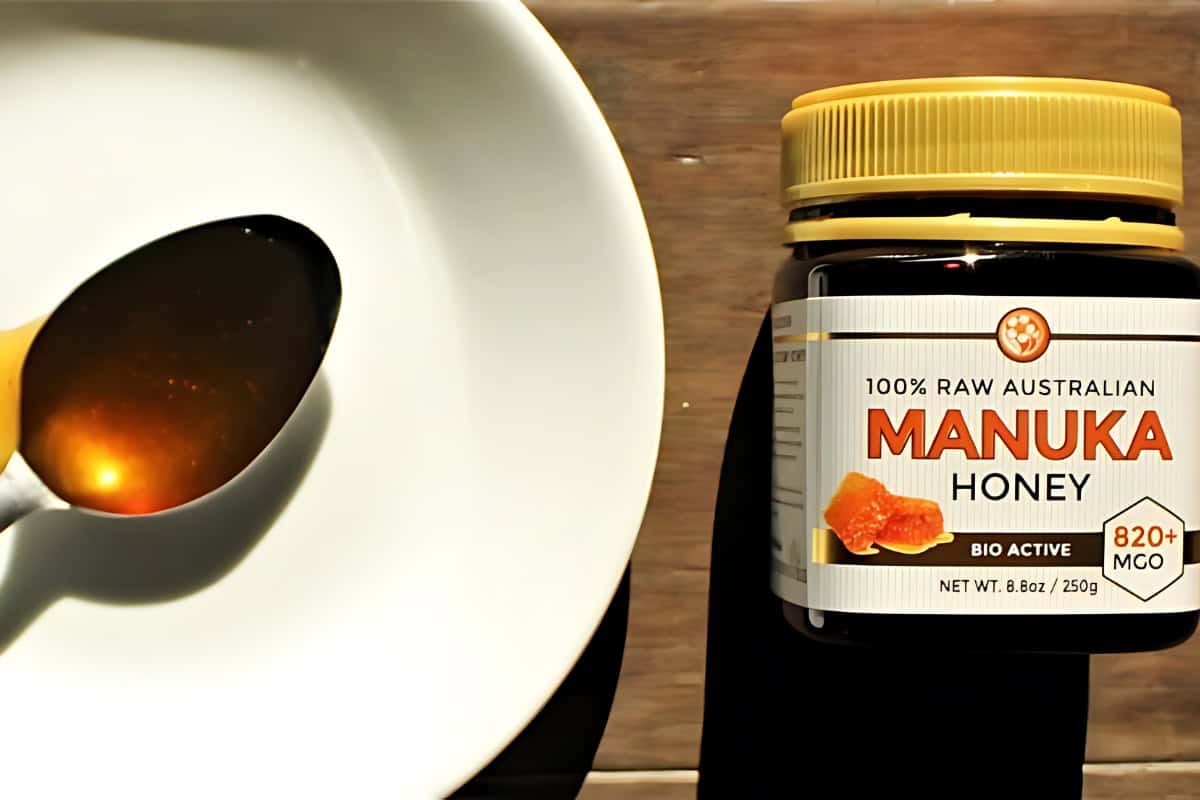
🍬 Low Histamine Sweeteners
A variety of factors will lead you to burying the white sugar even deeper in your pantry, but it might have surprised you to see things like xylitol and agave on the no-no list. Though note that the difference between those & these isn't necessarily about the GI of any of them, because you shouldn't be eating many sweets anyway.
But the latter is off-diet because of the effect it has upon your blood sugar levels, which again, when raised, will also raise overall histamine levels. Xylitol and other sugar alcohols are bad only in amounts larger than you'd find in a piece of gum, and are known to cause upset stomachs even as they feed good gut bacteria.
Once you're more aware of your own personal microbiome's needs and limits, you can add in more sweetener options like xylitol, but it's important to count it towards your bucket. Here are the best sweetener options for low histamine diet adherents:
- 0: Monk Fruit/Luo Han Guo, Allulose, and Stevia in any form, as long as they're pure}
- 35: Coconut Palm Sugar
- 47: Date Syrup and Date Sugar
- 60: Tapioca Syrup
Keep in mind that the histaminic impact of many of these sweet substances lies in the blood sugar component. Some blood sugar-stabilizing foods to keep around include ginger, milk thistle, fenugreek, and bitter melon, all of which you'll find in the most reputable herbal remedies for such.
Also remember that when using "safe" sweeteners like those above, your main concern is really whether you need solid or liquid sweetness, and how much you can substitute the bulk of sugar for a fine powder like monk fruit, allulose, or stevia.

🍰 Baking Low Histamine Desserts
I have a fair number of low histamine desserts on the site already, but when I'm developing a recipe, there are a few standard questions I ask myself & a few standby sweeteners I use. Here's the cheat sheet, for your own reference.
- Allulose: liquid or powder. This is my new favorite low histamine sweetener, and I've been using the liquid version in my coffee as well as the granulated version to make keto simple syrups.
- Monk Fruit Extract: liquid or powder. Can add an off flavor to baked goods when used in too-large quantities, which is why most of my sweets recipes use monk fruit in conjunction with either coconut or date sugar.
- Stevia: liquid or powder. Similar to monk fruit, stevia has a reputation for adding an off-flavor to baked goods when used in too-large quantities (unlike with monk fruit, I tend to taste that weird flavor more so in stevia, which is why most of my sweets recipes use the monk fruit blend detailed below).
- Coconut Sugar: granulated crystals. The innocent crystalline structure of coconut sugar belies its toasty, molasses sweetness, one I associate mainly with coconut-based scents and sweets. This is my go-to replacement for table sugar in anything that's not overly fruity; it's basically equally as sweet as white sugar, but it has a toasted caramel kick to it, great for cakes and frostings.
- Date Sugar: granulated crystals. Though it may not look like it, date sugar is just dehydrated dates, granulated but not completely separated from their nutrients (as white sugar has been). If you're unfamiliar with date sugar, it smells a lot like raisins and tastes like very concentrated sugary sweetness; it's better for fruit-based baked goods.
- Date Syrup: liquid. The products of dates, a shriveled fruit produced by the metric ton in California and the Middle East, date syrup is a plant-based, whole food sweetener that can be used as 1-to-1 replacement for honey and other liquid sweeteners.
- Tapioca Syrup: liquid. While not sugar-free, current research shows that tapioca syrup is a lower-glycemic sweetener option when you need a viscous liquid. Tapioca syrup is processed from the starch of the cassava root (also known as yuca root), though it's not always fermented like brown rice syrup is. It's now commonly used to sweeten beverages, bring together a fruit salad, or sweeten your favorite pancakes. It's also a great corn-free alternative to corn syrup, and can make surprisingly delicious vegan gummies or jams.

None of these sweeteners have been aged or fermented, and while some have been heated, none have naturally high histamine levels nor do they release histamines in the body. They're all nutrient-dense, natural alternatives to processed sugars whether you're on a low histamine diet or not.
But there are some other things to remember— if your recipe calls for a powdered sweetener, I recommend a coconut sugar or allulose blend. I keep an allulose blend and a mix of coconut sugar and monk fruit powder in a small jar on the counter, as well as in a larger container in my pantry (low histamine sweetener recipe below).
You can easily blend up the mixture in a tabletop grinder to make the particle size smaller, even as small as a typical powdered sugar. Just keep in mind that if you use coconut sugar, your dish will always come out with a toasty caramel undertone.
For recipes needing a liquid sweetener, I use liquid allulose or date syrup, or in a pinch I'll use low-level manuka honey. Like coconut sugar, date syrup has a caramel-like molassesy flavor that you'll be able to taste in your final dish, but they both tend to work very well with fruit!
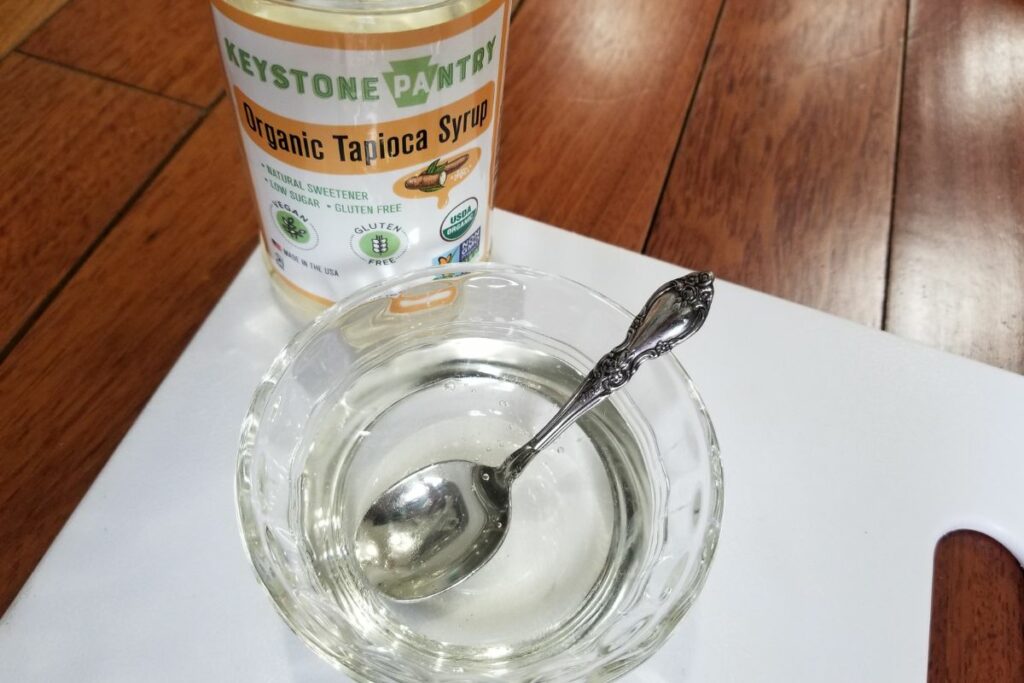
My Favorite Low Histamine Sweeteners
I've been using this monk fruit extract for about a year now, though I found this one to be good as well, and I'm keen to try this liquid monk fruit once I run out of my current stash. Stevia In the Raw is a similar sort of sweetener in that it can be either liquid or powder.
But more people seem to report a chemical aftertaste, so consider yourself warned. This coconut sugar is the first one I tried & I'd still recommend, had I not found a similar option in my local grocery store.
Pro-tip: if you like coconut sugar, buy a local brand of coconut sugar, but refill another brand's container with the new sugar (which usually comes in a flimsy bag). I do the same thing with my favorite brand of allulose.
The final category is date-based products. I bought a large container of this date syrup that I keep in my fridge (to prevent it from fermenting, which it definitely can) and use for most tart crusts and smoothies.
This date sugar is the same one I have in my cabinet, and I mostly rely on it for sprinkling on top of fresh fruit with coconut cream, as I've recently found that it blends in & sort of melts much better than coconut sugar.

📃 Low Histamine Sugar Recipe
This sounds kind of strange, but I actually make my own sugar. For basic uses— usually beverages— in which I don't want to use honey or need a solid sweetener, I keep a table blend of coconut sugar and monk fruit.
The reasons for this come down to glycemic load and flavor; the coconut sugar is used in a ratio that masks the somewhat strange undertone I taste in pure monk fruit.
Here's my ideal ratio: ¼ cup of coconut sugar or allulose + ¼ teaspoon monk fruit.
You can also use this blend in some baking recipes where you need to cut down the sugar ratio but keep some of the bulk that sugar adds. Keep in mind that just like white sugar, if your low histamine sugar blend is left unsealed for more than a day or so, it will probably start to harden.
Even kept in a sealed container, the coconut sugar's natural tendency to clump can take over. For those reasons, I tend to blend just enough for one month at a time, which isn't that much.
📝 Low Histamine Sweeteners FAQ
Like most other sweeteners, cane sugar isn't directly high or low in histamine, but the spikes in blood sugar that sweeteners can cause can raise your body's overall histamine levels, as a response to the inflammation.
Everything contains some level of histamine, but cane sugar is relatively lower in histamine. Keep in mind, though, that any raise in blood sugar can cause a spike in histamine release.
Sugar doesn't directly release histamine, but sugar can cause a histamine reaction by increasing the level of inflammation in the body.
If this post on low histamine sugar & sweeteners helped you, please leave a comment below!

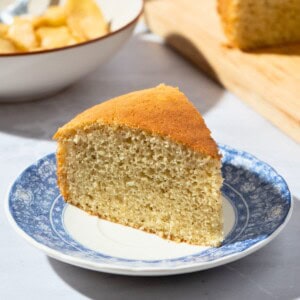











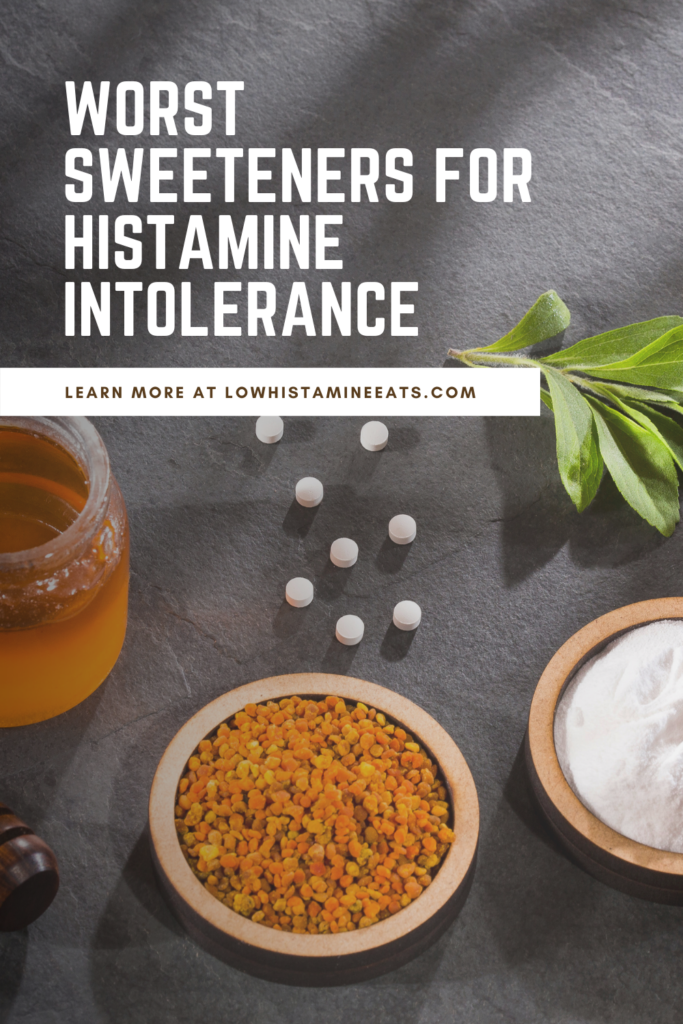
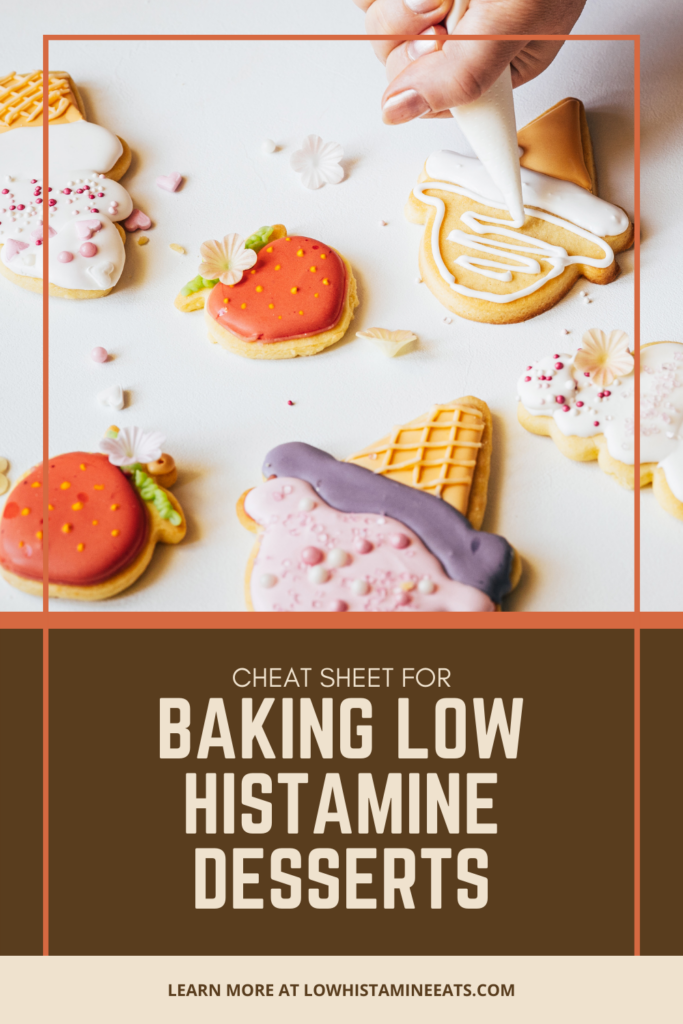
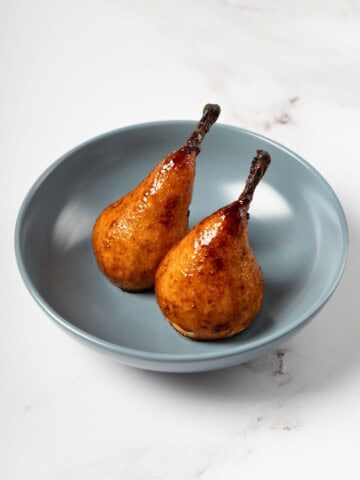
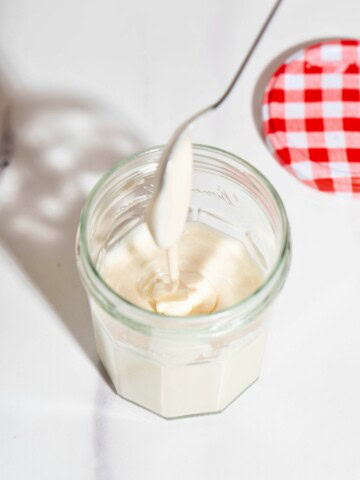
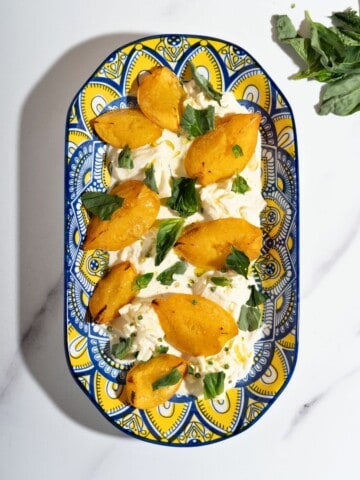

Macossay says
Splenda does not contain sugar alcohols.
Max says
Some blends of Splenda do include a small amount of erythritol, but the main problem for many people is the sucralose, which can bother some people's stomachs.
Chris says
Hello. Thanks for all the great information. Although erythitol has a low GI, you don’t recommend it. Is there a reason please? I’ve bought some erythitol but have not used it yet.
Max says
No problem, Chris! I should address erythritol in this; that's a good point. I don't generally recommend it because it can upset people's stomachs quite a bit due to their lack of digestibility, which is generally a larger problem for the already-irritated stomach of those of us with histamine issues. But it can be enjoyed some in moderation, so I'll add a bit about it next time I update the guide. If I were you, I'd start off with a small amount in a hot drink you tolerate, to see if it bothers you, and work up from there, if it doesn't. Better safe than sorry, but definitely ask your doctor if you're still unsure.
Chris says
@Max, Thanks you. I didn’t know any of that. I bought some but have been wary of trying it. Will be cautious as advised!
Shellie Kettelkamp says
Sugar has been the hardest to give up. Practically impossible. It’s the last thing on my list to detox from. So far I’m a failure on my own but this article really spells it out. Now I can at least make smarter choices as I continue to cut down and eliminate sugar from my diet.
Max says
Sugar is truly an addiction, Shellie; you're not alone in this. Honestly, the only reason I cut it out successfully is because the first 3 days are the hardest, and having covid last month had me on bone broth & raw veggies for 10 days (couldn't taste anything), so the craving was basically gone once I was even able to taste it again. I definitely do not recommend getting sick in order to quit sugar, but you're on the right track in thinking that you'll just continue feeling sick if you don't. Cutting sugar and grains has made THE MOST difference of any health-related change I've made in my life.
rebekuuuuggggh says
Has anyone tried this now foods brand of liquid monk fruit? https://www.amazon.com/gp/product/B07WLSPVFV/
Max says
I haven't tried it, but because it contains 11% cane liquor, I'd personally stay away (alcohol is hugely high in histamine).
Athena says
I’ve been doing keto for multiple chronic digestive issues. ANY powdered alt sweetener is suspect. Please read the labels carefully. Most actual alt sweeteners are highly concentrated but companies also like a product that measures like sugar. Stevia in The Raw’s first, main ingredient is dextrose - essentially glucose - so it’s sucrose (table sugar) minus the fructose.
Powdered “Splenda” is bad because it’s bulked out with maltodextrin - a keto-no-no starch. However the actual sweetener, sucralose, is ok for keto. I sometimes use a liquid concentrate. Yes there are complaints that it might have a detrimental effect on your digestive system, etc, etc. It’s hated by all the all-natural types.
Though I’ve recently seen people recoiling in horror at stevia, of all things, being added to products. Something about interfering with human sperm cells. The market is rife with competition, dodgy ‘studies’ and fake reviews. You have to choose your poison and your dosage.
Personally, I adore good, local raw honey. But I never use it now. For my issues, sugar is sugar. And cobra venom is all-natural, so I find that viewpoint a bit flawed. ;->
Max says
Indeed-- sugar is sugar, though some come with some extra nasties to watch out for. Everything in moderation (except, maybe, the cobra venom.).
Glenys says
Hi - thanks for this great information. Can I ask why dates and date syrup etc. are regarded as low histamine when they are a dried fruit? I find this one really confusing. It is a definite no on some lists and a yes on other lists. Would love to hear what you think. Thanks!
lowhistamineeats says
I'm honestly not sure why dates are sometimes regarded as low histamine and other times not. My go-to list has been the MastCell360, though she regards dates as high histamine while the SIGHI list has them at 0. But from my understanding, apart from the inflammatory aspect, organic dates which are sun-dried & quickly packed up don't build up much histamine for whatever reason, and some of the trace nutrients they contain are actually antihistamine. So while I wouldn't recommend any such sweeteners during the first month or so of your low histamine/elimination diet, I reintroduced them around month 3 and had no issues, though every story is different. Either way, I'm sorry I don't have a more concrete answer for you, Glenys!
Nancy Madlin says
@Glenys, I had the same confusion about dates… I suspect that the sighi list is talking about fresh dates (maybe more available in Europe?), while mastcell360 and others mean dried dates like is most common here.
A bit more info I found:
what are the differences between dried dates and fresh dates? The biggest difference comes down to when they were harvested. Khalal dates are unripe dates that are hard and yellow. Rutab dates have developed to their ripest form, and dried dates are sun-dried for some time before being plucked.
https://foodsguy.com/dried-dates-vs-fresh-dates/
I’m going to try the date syrup 🙏🏻🤞🏻💗
Nancy Madlin says
@lowhistamineeats, thanks for the great info! I learned a lot 💗🕊🐌
lowhistamineeats says
You're very welcome-- I'm glad to help!
Rose Marie says
Did you do any research on saccharine?
lowhistamineeats says
I had only ever heard that term used as an adjective to describe something overly-sweet, but after a bit of googling I found some explanations of it as an artificial sweetener. I tend to stay away from those as a general rule, due to a strong family history of cancer and the fact that I find monk fruit and other fruit-derived sugars to be perfectly fine, but I haven't looked into them in regards to HIT. My inclination would be, however, to avoid them for the first few months of going low histamine, just in case of stomach upset or other reactions. I wouldn't want anyone to derail their recovery due to one ingredient, but definitely always do your own experimenting, as every body is different!
Katherine DeMonico says
When replacing your sugar recipe for the sugar in a baked good recipe is it equal to a 1/4cup? It seems like it would be sweeter-maybe equivalent to 1/2 cup?
lowhistamineeats says
It would definitely be much sweeter. I haven't made many baked goods recently, but when I use the blend I replace it 1 to 3, meaning that it's equivalent to about three times as much sweetness as a table sugar would be. This is because 1/2 teaspoon of pure monk fruit is equal to the sweetness of about 1/2 cups of table sugar, while 1/4 cup of coconut sugar is just slightly less sweet than 1/4 cup of table sugar. Therefore you have 3/4 cups of sweetness in a 1/4 cup measure.
If you're using this in a recipe with precise measurements, however, be sure to replace the sugar it calls for with only coconut sugar + a pinch of monk fruit. Baking is a precise science, and using 1/3 the volume of sugar in most recipes would be disastrous. Good luck with your baking!
Russell Okorududu says
Would you use regular honey as well as manuka honey?
lowhistamineeats says
I would only use regular local honey, either bought from a trusted local shop or directly from the apiary. There is SO much fake honey out there that the regulation of manuka honeys just makes them safer (in addition to the amazing antimicrobial properties)!
Deanna says
Hey, just curious to hear your thoughts on allulose? Thanks!
lowhistamineeats says
Hey, Deanna! I did a bit of research into allulose back when I tried keto, and while it's thought to be a somewhat unique sugar alcohol in that it may have some anti-inflammatory effects, I'm not going to be trying to add it into my diet for the moment. It should still be used in relatively small quantities in recipes, as you'd still have to watch out for any stomach upset with it (one of my main histamine toxicity symptoms), so it's not worth it for me to take the risk for now. But if you do try it and don't have any reaction, please let me know!
Cara says
Major reaction to allulose
lowhistamineeats says
Darn. I get stomachaches with erythritol so allulose is not on my list to try anytime soon, but that sorta seals the deal. I'm sorry it doesn't work for you, but hopefully you can still have monk fruit or stevia!